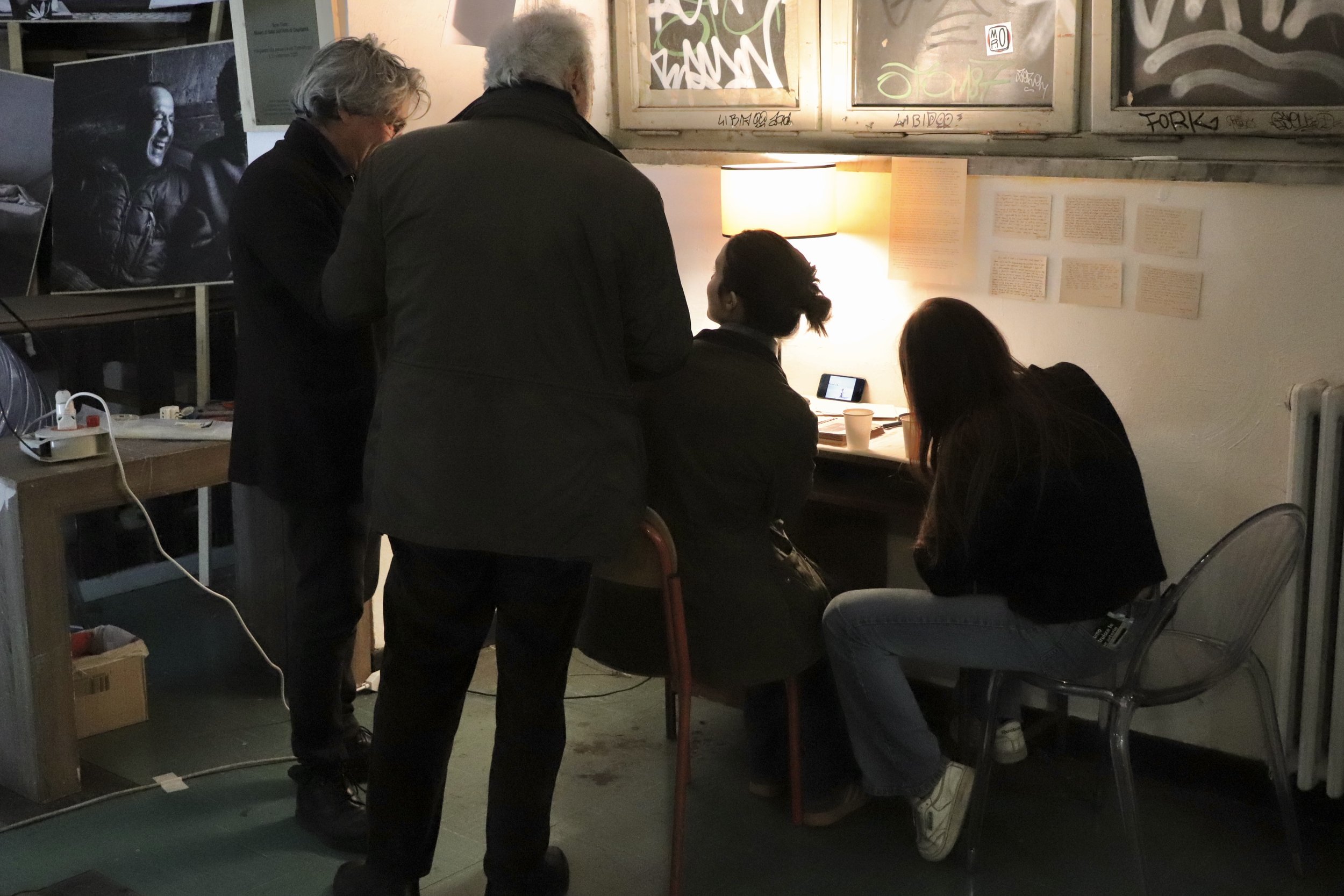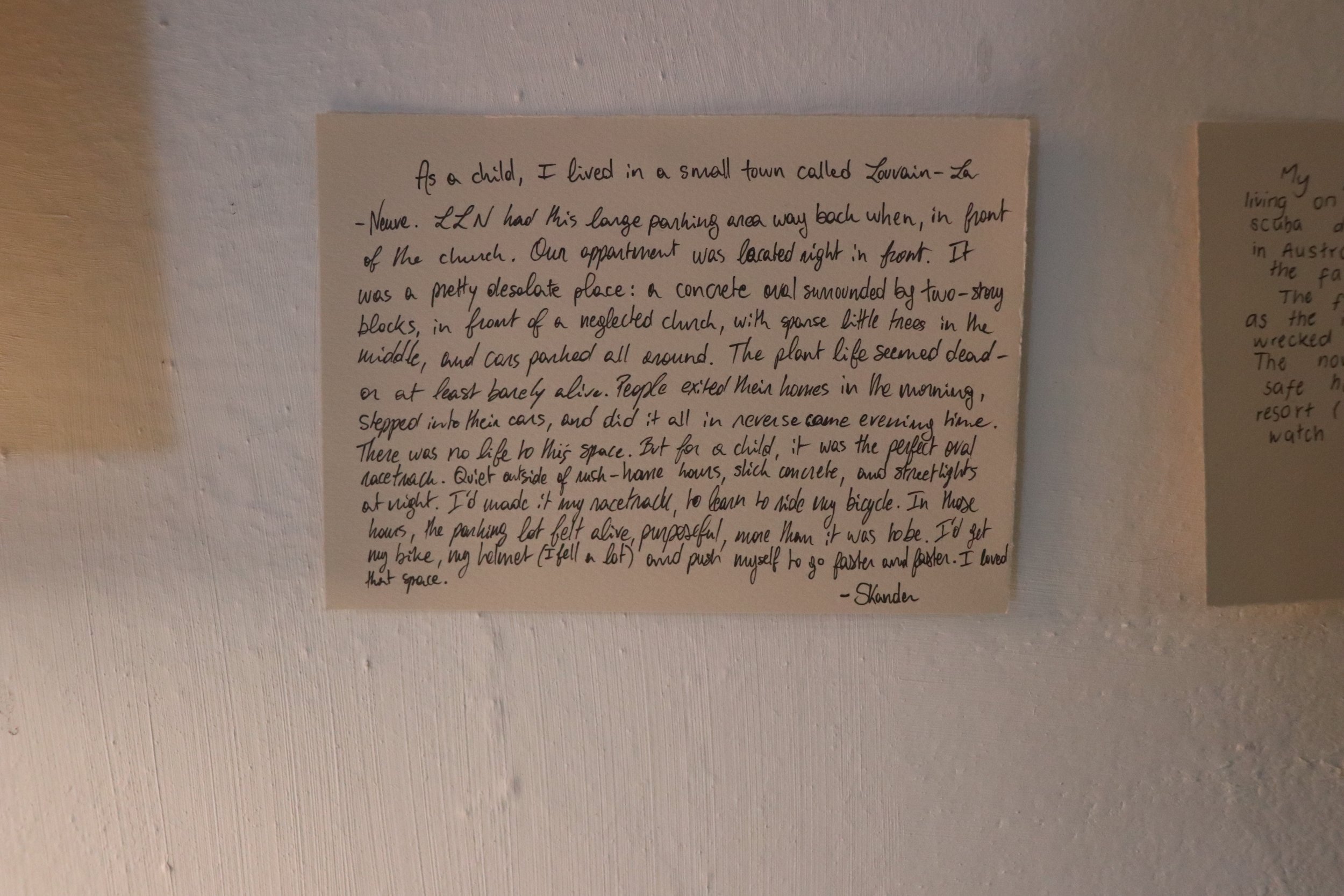Herbarium at the End of the World
“As children we deny history its
grasp on our psyche and invent our own stories. ”
On the island we call Cyprus, nestled between quarrelling human cultures, a new world emerges. Over the past five decades, this ‘demilitarised zone’ has seen a slow torrent of plant life come to (re)claim the land. Established in 1964 and extended in 1974 to prevent hostilities after the war, the Green Line extends from the seaside village of Kato Pyrgos in the west to the ghost town of Famagusta in the east - cutting through the Troodos Mountains and the island’s capital of Nicosia. The buffer zone is analogous to a dead zone. A sacrifice made in earth and presence with the hope that it abates the island’s anger. The abandoned airport within it, once a site of daydreams and escapism, has become a concrete skeleton, gouged and gashed, its edifice a victim to human history.
Still, Nature has a certain disregard for human rules: the absence of one species has allowed for the proliferation of many. From fig and olive trees to Mosfila berries, Nicosia’s abandoned airport is now home to new life.
This herbarium is a study of plant life in this no man’s land, through which we explore the question of these new inhabitants; has the site been invaded by plant life or only reclaimed? Does this demonstrate the resilience of Nature in the face of war, or is growing what Nature simply does? Are the answers to these questions binary, or are they found in a buffer zone between polar opposite viewpoints, seeking to ascribe human values and ideas to the non-human world?
As a child, my experience of the abandoned Nicosia Airport was radically subjective: it is where I learned to ride a bicycle for the first time. This place of machinery, then war, then abandonment, had become a place of learning, playing, and wonder. This spatial reinvention had offered a sprout of life to an otherwise ‘dead’ zone. Completely unaware of the historical context of the site, of the plants budding through the concrete, the airport was a place like none other.
As children we deny history its grasp on our psyche and invent our own stories. Surrounded by plant life and the remnants of human ingenuity, the airport was not abandoned – not for me as child, and not for the myriad of plant species that call it home.
I invite you to discover these inhabitants through my herbarium, and to share with us a place that holds importance for you, from your childhood or from any point in your life, a place thought to be derelict or abandoned, but to which you brought life and new meaning.
First showing of ‘Herbarium at the End of the World’ in Rome, Italy.
Contributions from the first showing.







































